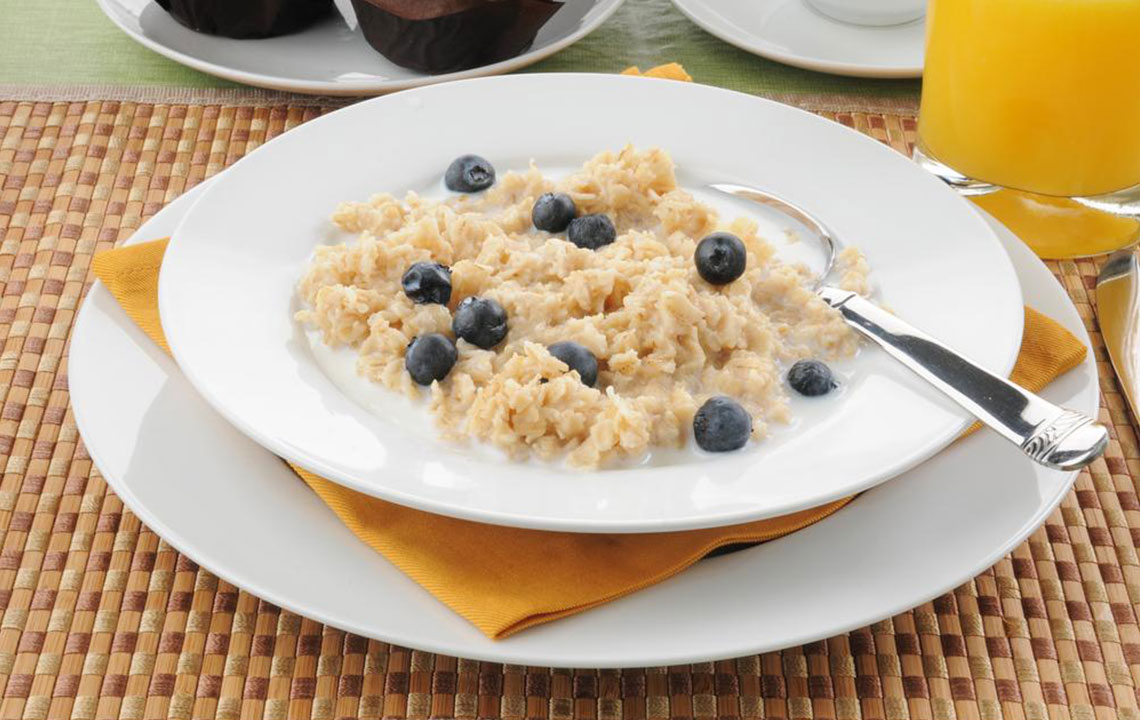High-Fiber Diet to Stay Healthy

Everybody knows fiber is good for health. Unfortunately, many people do not get adequate fiber from their diet and it results in a wide range of health complications. In this fast paced world, people are consuming a lot of processed and junk foods and it limits their fiber consumption seriously. Proper intake of fiber offers several health benefits including reduced risk to type 2 diabetes, better heart health, high resistance to certain types of cancers, healthy digestive tract, fast weight loss and much more. If you want to enjoy all these benefits, you must follow a high-fiber diet plan.
What do health experts recommend when it comes to daily fiber intake?
Most health experts recommend a daily consumption of 38 grams for men aged below 50 years. As far as women aged below 50 are concerned, daily fiber intake should be 25 grams. If you are a male above 50, you must consume 30 grams fiber daily and for women of the same age category should eat 21 grams.
Options for a fiber-rich breakfast
When it comes to breakfast, you have to consume one cup of oatmeal. Another option available is to take a serving of whole-grain cereal. When you consume oatmeal in the morning, you are getting around 4 grams of fiber. Health experts advise that a person must consume 5 grams of fiber at least in the morning. In order to get that one gram fiber that you need, blueberries can be added. In place of blueberries, you can use blackberries or raspberries along with oatmeal to get 5 grams in the morning. This method of approach ensures a high fiber intake in your diet and reduces fat consumption. While taking breakfast, you can use dairy milk or soy milk. It must have reduced fat or no fat. The fruits offer a sweet taste to the oatmeal instead of providing sugar. You need to consume water and other beverage options can be unsweetened tea or black coffee. They are the low-calorie options available and you do not have to worry about the fat. If you are interested in taking juice in the morning, you can select something that does not contain added sugar and the quantity should be confined to 8 ounces.
The best options for snacks
If you want to have some snacks to fight against food cravings, you can take them one or two times a day. The habit of taking snacks helps you fight against fatigue as well. As far as snacks are concerned, one cup of fruit is a wonderful option and you can combine it with one tablespoon of hummus and a handful baby carrots, popcorn or almonds. A high-fiber diet plan should include all these snacks. This is because these foods contain a reduced amount of fat and high amount of fiber.
Foods to have during lunch
A high-fiber diet plan should include a healthy lunch that is rich in fiber. To have a high-fiber lunch, you can depend on the whole grains. It can be rice, pasta or bread. These types of foods are well known for their low-fat contents and the fiber contents available are pretty high as well. A protein source should be added to the lunch and it can be fish, peanut butter, nuts, beans or tofu. For eliminating the monotonous element, you can make experiments with the lunch menu. Think about combining whole grain wrap and bean burrito. Another good choice is to consume whole grain pasta in combination with vegetables and marinara sauce. There is no harm in consuming a sandwich made with banana and whole grain bread. Another important thing is that vegetables and fruits should be added to your lunch to ensure proper intake of fiber and for making the digestion process smooth, you must take water as well.
Taking a healthy dinner
You have to limit your dinner compared to what you were used to eating. There is no difficulty in doing so because following a high-fiber diet plan takes control of the cravings. One of the best options available is to eat whole grain pasta dishes and they must be comprised of soy products or reduced fat meats. Another option is to consume black bean burgers along with a bun made using whole wheat. Preparing lentil soup and taking it during the time of dinner is a good option. Fruits and vegetables must find a place in your dinner menu. Vegetables can be cooked using olive oil and salt and pepper should be used to season them.
When you follow a high-fiber diet plan, these are the foods that you need to consume. All these options contain low quantities of fat and extremely rich fiber sources. They even protect your heart and you get better resistance to cancer as well. When you consume a low-fat diet, you must remember that eliminating all fats is not a healthy choice. Foods that contain unsaturated fats improve your overall health.


